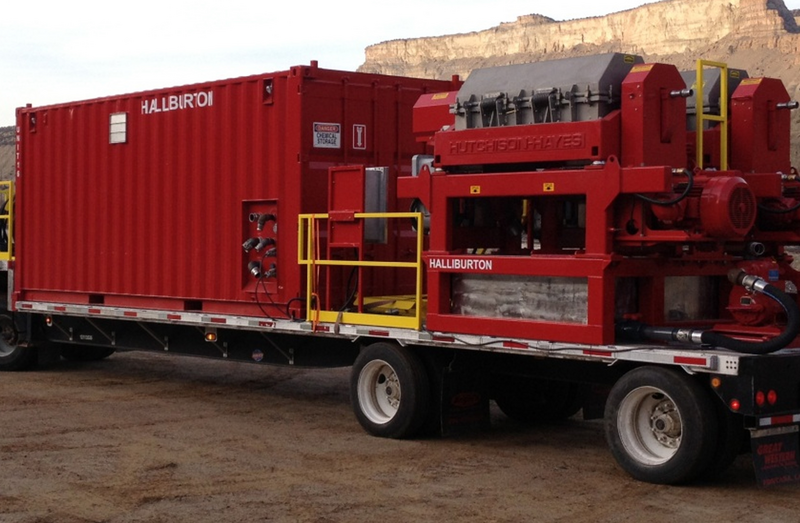 Search
Search
 Search
Search

Treatment unit allows operator to process and discharge up to 95% of cleaned slops at the source, reduce the need for expensive onshore treatment
Download PDFDeepwater

Reduce waste shipped to shore from production platform

North Sea

A major UK North Sea operator wanted to streamline operational efficiency on an aging production platform with limited space and budget. The challenge was to improve waste management solutions to treat more waste on site in an environmentally diligent manner that adheres to UK North Sea regulations and considers CO2e emissions.
The operator focused on multiple areas to improve waste management processes. Opportunities to reduce overall volumes and treat more at the source, while remaining within established operating permits and discharge licenses, were examined. The rig had a large volume of slop fluid stored onboard and was looking at options to reduce transport to shore for processing. A key global metric was to reduce overall operating costs and CO2 emissions from all operations. Additionally, a large volume of slops was produced on the rig from cleaning the contaminated skimmer tank.
The operator had a discharge license for the platform’s operations in the UK. The Halliburton separation solutions team deployed the chemical-free slops treatment system with inline discharge monitoring. This deployment aligned with the current regulations for overboard discharge limits for the UK North Sea.
This allowed the operator to process and discharge up to 95% of the cleaned slops at the source, reduce the need for expensive onshore treatment, and eliminate excessive backloads that tie up supply vessel fluid tanks.
The simplified system allowed for a fast plug-and-play install. It increased the volumes processed and reduced the time to action.
Cubic meters of cleaned slop water discharged
Reduction in cost for shipping slops to shore
Tanker truckload round trips eliminated
Miles reduced in tanker truck trips
As a result of this system deployment, BSS discharged 430 m³ of cleaned slop water. The financial impact on the operator, with the reduction in shipping slops to shore and the processing thereafter, amounted to about $60,000. On-site processing also helped reduce CO2e emissions for the operation, a key focus area. Emissions were avoided with the elimination of 18 tanker truckloads round-trip to the onshore treatment facility. This equates to 1,152 transportation miles.

Frequent delivery of freshwater resources to the rigsite can drastically impact the profitability of your wells.
